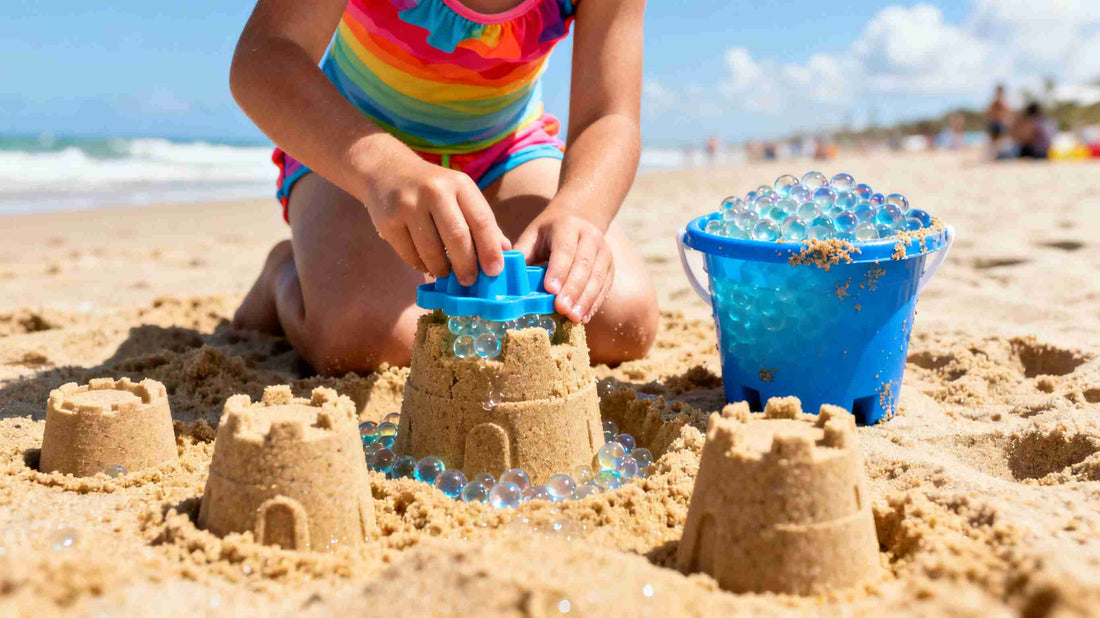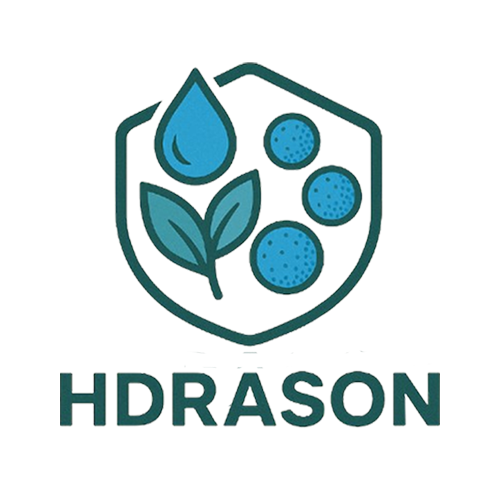
Hdrason Water Beads Outdoor Adventure: A New Way to Creatively Play at the Beach and Park
Share
The outdoor environment offers a wider range of possibilities for using Hdrason water beads. Bringing water beads to the beach, park, or backyard not only enhances play but also allows children to engage in multi-sensory learning in a natural setting.
At the beach, water beads combine perfectly with sand to create a unique play experience. Children can mix water beads into the sand to build bouncy and colorful sandcastles, experiencing a texture unlike ordinary sand. This activity not only develops their hands-on skills and creativity, but also fosters teamwork and social skills. Furthermore, the cool touch of the water beads provides comfort on hot days at the beach, helping children stay cool.
Parks and grassy areas are another ideal setting for water bead play. Here, you can set up various discovery stations, such as a "water bead scavenger hunt" where children hide different colored water beads in the grass or shallow pits, allowing them to find them through observation and touch. This activity not only develops their observation and concentration skills but also strengthens their connection to nature. Furthermore, the bright colors of the water beads contrast sharply with the greenery of the natural environment, providing rich visual stimulation for children.
Water bead activities in backyards or courtyards can be more flexible and diverse. For example, a "water bead sensory trail" can be set up where children place different colored water beads in shallow containers and step on them barefoot to feel their unique textures and temperatures. This activity not only stimulates tactile development but also helps children learn balance and coordination. Water beads can also be used in outdoor art projects, such as creating patterns on canvas with water beads or combining them with natural materials (such as leaves and petals) to create collages.
Outdoor water bead play requires special attention to safety. First, ensure the activity area is flat and free of obstacles to prevent children from slipping or bumping into things. Second, use large water beads to reduce the risk of ingestion, and always conduct activities under adult supervision. Finally, clean up the water droplets promptly after the activity to avoid environmental impact.
The educational value of water droplets in outdoor settings cannot be ignored. Through play, children can learn about natural science, such as how water droplets absorb water and the natural evaporation process. Teachers or parents can guide children to observe how water droplets change in different environments, such as shrinking in size in the sun or remaining unchanged in the shade, thereby cultivating their scientific curiosity.
Furthermore, outdoor water droplet activities provide children with opportunities for emotional regulation. The natural environment itself has a calming effect, and the tactile feel of water droplets further enhances this relaxation effect. Children can release energy and relieve stress through play, while also developing patience and concentration.
Outdoor water droplet activities also have positive benefits for children with special needs. Spacious spaces reduce the risk of sensory overload, while the diversity of the natural environment provides rich opportunities for regulation. For example, children with autism can improve their sensory integration through water droplet play in a quiet, natural environment.
In short, Hdrason water droplets have injected new vitality into outdoor play. By combining water drops with the natural environment, children not only enjoy multi-sensory fun, but also promote physical, cognitive, and emotional development during play. This innovative way of playing makes outdoor activities more colorful and provides more educational inspiration for parents and educators.
Next article:The application of Hdrason water beads in early childhood education
